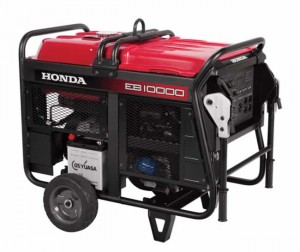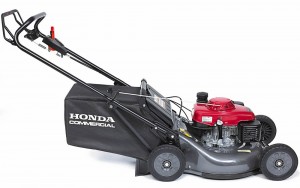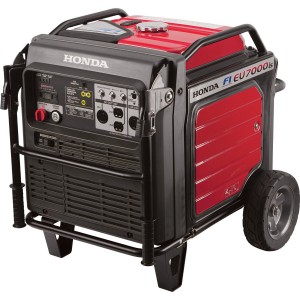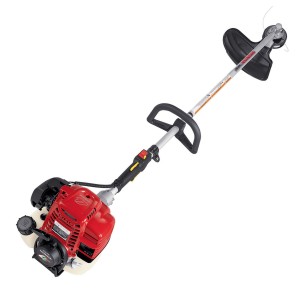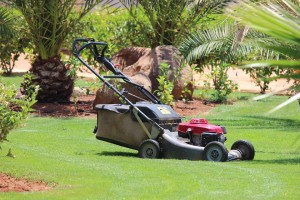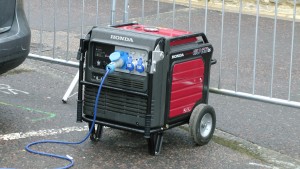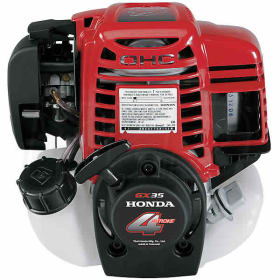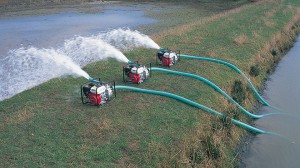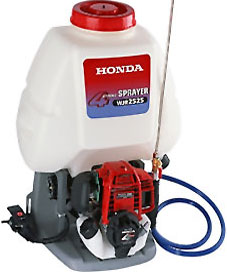 Testing soil is standard practice for professional landscapers, but if you’re new to this process, it can be daunting. How do you know you’re getting a good sample, and how do you act on the results?
Testing soil is standard practice for professional landscapers, but if you’re new to this process, it can be daunting. How do you know you’re getting a good sample, and how do you act on the results?
Preparing a Soil Sample
If you have areas that need different soil characteristics, say, a lawn and a flower garden, you should perform a test for each area. The soil should be dry and all tools should be cleaned beforehand to ensure a reliable reading. Make sure to get the sample sent in at least a couple weeks ahead of when you plan on fertilizing to ensure you’ll have the results in on time.
Start by digging several holes 6-8 inches deep. These holes should be spaced out around the soil and include areas where plants are thriving and failing.
Slice into the side of each hole all the way down and place into a bucket. Once you have soil from each hole, mix it together and spread it out on a newspaper. Once it’s dry, it can be packaged and sent to the lab.
Understanding Test Results
The results you get from your soil test will vary: most DIY kits only test acidity, while a test from your local extension office will include nutrient information so that you can apply the correct chemicals and fertilizers to help your lawn flourish. What do these results mean?
Soil Acidity
Acidity is rated in pH, which is a number between 1 and 14. 7 is neutral, while lower numbers are acidic or “sour,” and higher numbers are alkaline or “sweet.” Most plants thrive in soil with a pH of 6.2-7.2, while some plants including blueberries and rhododendrons prefer more acidic soil. Soil is usually alkaline in the central and southwest U.S, and acidic in the rest of the country.
Nutrients
This includes phosphorus (P,) potassium (K,) calcium (Ca,) magnesium (Mg,) and sulfur (S.) Micronutrients including iron, manganese, copper, zinc, and boron may also be listed in areas with sandy soils.
Toxic chemicals
Aluminum (Al) can harm root construction and reduce phosphorus solubility, although acidic soil-loving plants are usually less affected. Aluminum is hard to extract, but decreasing soil acidity can reduce its solubility.
Lead (Pb) can be absorbed by plants, making it unsafe to eat vegetables grown in soil with a lead content higher than 300 ppm (parts per million.)
Adjusting pH
Acidic soils can be brought closer to neutral by using lime, which is simply powdered limestone.
Alkaline soils can be acidified with sulfur, gypsum, Sphagnum peat moss or organic compost. Peat moss can be expensive and compost may not be readily available, making sulfur and gypsum the most common treatments.
Picking the Right Fertilizer
While fertilizer blends are marketed for specific purposes, their function comes down to the formulation. Somewhere on the fertilizer bag will be a set of three numbers, such as “18-9-9.” These indicate the proportion of nitrogen, phosphorus, and potassium, sometimes labeled “N-P-K.” The “P” stands for phosphate (P2O2) and the “K” refers to potash (K2O,) materials used to provide plant-available nutrients. Each number is a percentage, but these elements will never add up to 100 since part of the fertilizer needs to be fillers to make it easier to handle.
Each nutrient helps plants in different ways:
Nitrogen is a critical component for the manufacturing of chlorophyll, which is used by plants to capture and process sunlight. High nitrogen fertilizers are promoted for use with new seeds.
Phosphorus is used to build roots and helps plants flower, so it’s often sold as “bloom booster.”
Potassium helps with a wide range of functions including drought resistance, cold resistance and the building of roots and chlorophyll.
Your soil report will show you exactly what your top soil is deficient in, letting you apply fertilizer accordingly. Always err on the side of caution as too much of any nutrient can cause plant burning and even death.
Micronutrient fertilizers are also available, but since adverse effects are unlikely, these mixes include every micronutrient so they can correct any deficiencies.
Soil Additives
Other nutrients can be added using chemicals:
– Lime and gypsum add calcium.
– Lime and Epsom salts (magnesium sulfate) add magnesium
– Gypsum, potassium sulfate, sul-po-mag, manure, and compost add sulfur
Since lime makes soil more alkaline and both sulfur and gypsum make it more acidic, these chemicals should be avoided if your soil already has the right pH.
Take the Work Out of Fertilizing
Whether you’re using your mower to mulch grass, turning garden soil with a tiller or using a spreader to deposit fertilizer, chances are that equipment is built by Honda or uses one of their engines. Where can you turn when you need to maintain or repair this equipment? www.hondalawnparts.com. We’re a certified dealer so we can provide you with the OEM parts you need, whether you live in the U.S. or Canada.

